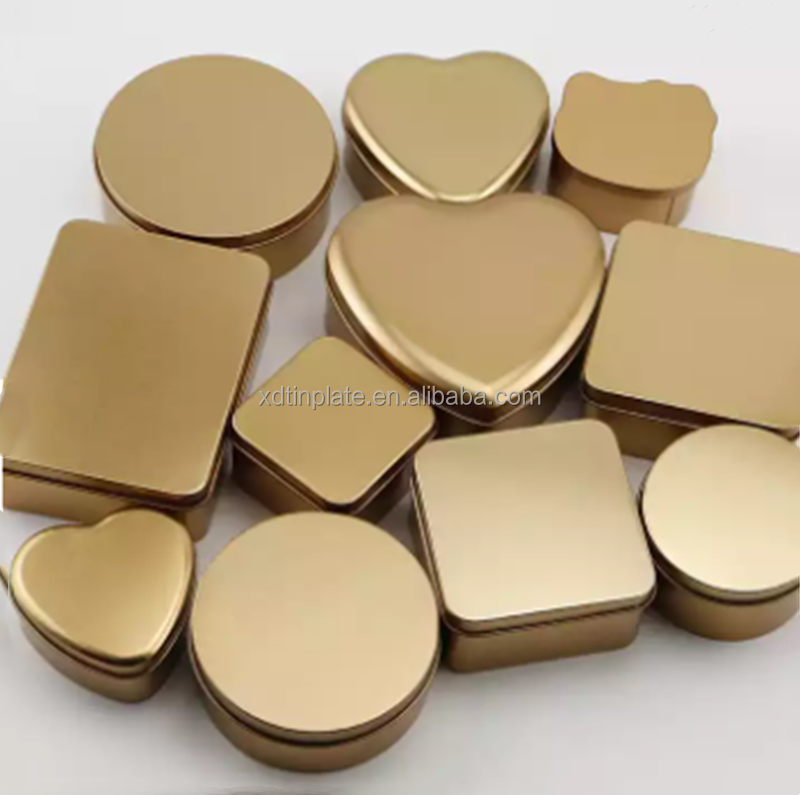
12 月 . 04, 2024 16:35 Back to list
Common Dimensions for Corrugated Steel Sheets in Construction Applications
Understanding Corrugated Steel Sheet Sizes A Comprehensive Guide
Corrugated steel sheets are widely recognized for their strength, durability, and versatility. Used in a variety of applications, from roofing to wall cladding and even flooring, these sheets come in various sizes and profiles, catering to different needs and specifications. This article will explore the various sizes of corrugated steel sheets, their applications, and the factors to consider when selecting the appropriate size for your project.
What Are Corrugated Steel Sheets?
Corrugated steel sheets are made from thin metal sheets that have been formed into a series of parallel ridges and valleys. This design creates a material that is not only lightweight but also incredibly sturdy, making it suitable for a range of structural applications. Available in different materials, including galvanized, stainless steel, and pre-painted finishes, they are primarily used in industries like construction, agriculture, and manufacturing.
Common Sizes of Corrugated Steel Sheets
The sizes of corrugated steel sheets can vary greatly depending on the manufacturer and local standards. However, common dimensions are generally accepted across the industry. Some typical widths for corrugated steel sheets include
- 2 feet (24 inches) - 3 feet (36 inches) - 4 feet (48 inches) - 5 feet (60 inches)
The length of corrugated steel sheets can also differ, with standard lengths ranging from 8 feet to 12 feet
. Custom lengths are often available, aiding in specific project requirements without the need for excessive cutting.Profile Types
corrugated steel sheet sizes

In addition to sizes, corrugated steel sheets are available in various profiles, including
1. Traditional Corrugated Featuring a simple, rounded profile, widely used in roofing and siding applications. 2. Box Profile Providing a modern aesthetic, this type of profile is often used in commercial properties. 3. Micro Corrugated Ideal for specialized applications where strength and formability are crucial, such as in architectural designs.
The choice of profile will not only impact the aesthetics of the building but can also affect the performance and installation.
Factors Influencing Sheet Size Selection
When choosing the size of corrugated steel sheets for your project, several factors must be considered
1. Project Scope Determine the area that needs coverage. Larger sheets might minimize seams and overlaps, providing better insulation and weather protection. 2. Load Requirements Evaluate the structural load over the material. Thicker, wider sheets will generally support heavier loads more effectively. 3. Aesthetic Preferences Different sizes and profiles provide various visual appearances. Select a size that aligns with the architectural vision of your project. 4. Regulations and Standards Always consult local building codes and regulations, as specific industries may have mandated sizes for safety and compliance. 5. Transportation and Handling Consider the practical aspects of transporting and installing the sheets. Larger sheets may require specialized equipment, while smaller sheets are easier to handle.
Conclusion
Corrugated steel sheets are an essential building material, celebrated for their adaptability and strength. By understanding the commonly available sizes and profiles, alongside important considerations for selection, you can make informed decisions that suit your project’s needs. Whether you're constructing a new building, renovating an existing structure, or working on a DIY project, the right size and type of corrugated steel sheet can significantly impact both functionality and aesthetics. Always consult with manufacturers or professionals to ensure that you choose the best option tailored to your specific requirements.
-
Galvanized steel sheet price hot-dip galvanized
NewsMar.07,2025
-
Galvanized steel sheet price hot-dip galvanized
NewsMar.07,2025
-
Galvanized steel sheet price hot-dip galvanized
NewsMar.07,2025
-
Galvanized steel sheet price hot-dip galvanized
NewsMar.07,2025
-
Galvanized steel sheet price hot-dip galvanized
NewsMar.07,2025
-
buy corrugated roof sheet end capping
NewsMar.07,2025